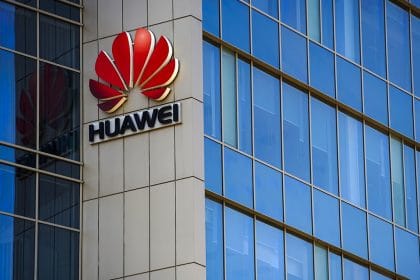Amid restrictions from the U.S. government, China’s Huawei revealed its plan to switch from Android to Harmony OS in a move to create a stable alternative.
Huawei Technologies plans to launch its Harmony operating system (OS) on smartphones in 2021, with a beta version in December. When launched, the Chinese OS will operate on different devices such as laptops, watches, and mobiles.
On Thursday, CEO Richard Yu of Huawei’s consumer business group revealed the development at an annual conference for developers. Also in the meeting, Yu revealed that there is now a 2.0 version of the OS that the company unveiled last year.
Huawei Is Going to Launch Harmony OS
In 2019, Huawei released Harmony OS 1.0 on the 9th of August. At that time, the company already announced that version 2.0 would be launched this year with more advanced features. Yu also added that the company would continue to enhance the OS performance.
At the launch of version 1.0, the company revealed that the OS would work on smartphones, smart speakers, wearables, and in-vehicle systems.
Also in 2019, the government barred Google from providing technical support for new Huawei phones. This restriction started after the Chinese company was added to the US entity list. In addition, the new Huawei phone models were unable to use Google Mobile Services (GMS) and other Android-based apps.
Last month, the U.S. government extended the earlier restrictions for Huawei technologies. The additional limitations will prevent the technology company from obtaining semiconductors in the U.S. without a special license. Furthermore, Huawei will not have access to chips by foreign firms that were developed with US technology.
Effects of the U.S. Restrictions on Huawei
According to data by Counterpoint, Huawei has the largest global market share at 20%. In response to the U.S. restrictions, some analysts said the new rule would affect Huawei’s smartphone market position. The analysts also added that the business might even disappear entirely if the company does not have access to chipsets.
Furthermore, a report by Telecoms revealed Yu’s response to the new restrictions on Huawei:
“This has caused a huge crisis for us. We are working day and night to solve the problem… we can still hold on for a while, but it is indeed a difficult period when your own designed good chips cannot be produced, and other people’s chips cannot be sold to us.”
In addition, a TechCrunch report said that the readiness of the new Harmony OS depends on the number of apps Harmony can win over before the launch. In March, the HMS core, which helps build apps on Huawei phones, had 60,000 apps. By July, the number of apps increased to 81,000. Now, Huawei said that the Google Play Services alternative hosts 96,000 apps.
As an effort to include more apps, Huawei also announced a beta version of the 2.0 OS at the developers conference. Richard Yu said that the company plans to release the beta version to developers in December.
